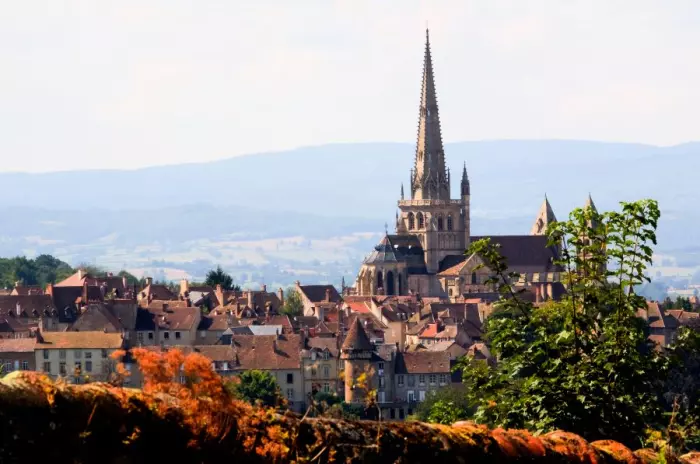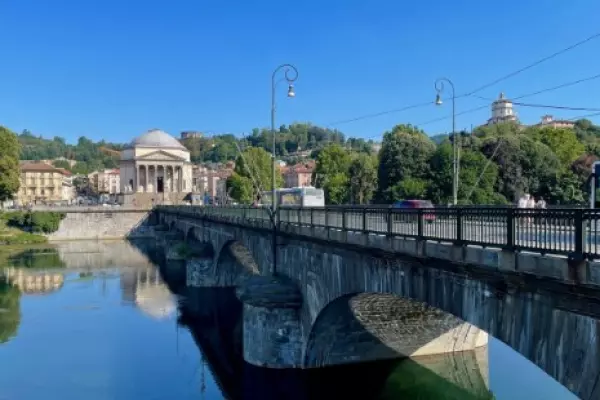There is a flight at the end of the tunnel. Countries are opening up again, and airlines are starting to take people places. If you have been champing at the bit to head to Europe for a holiday, this list of stunning but little-known places to visit in France will get your imagination running.
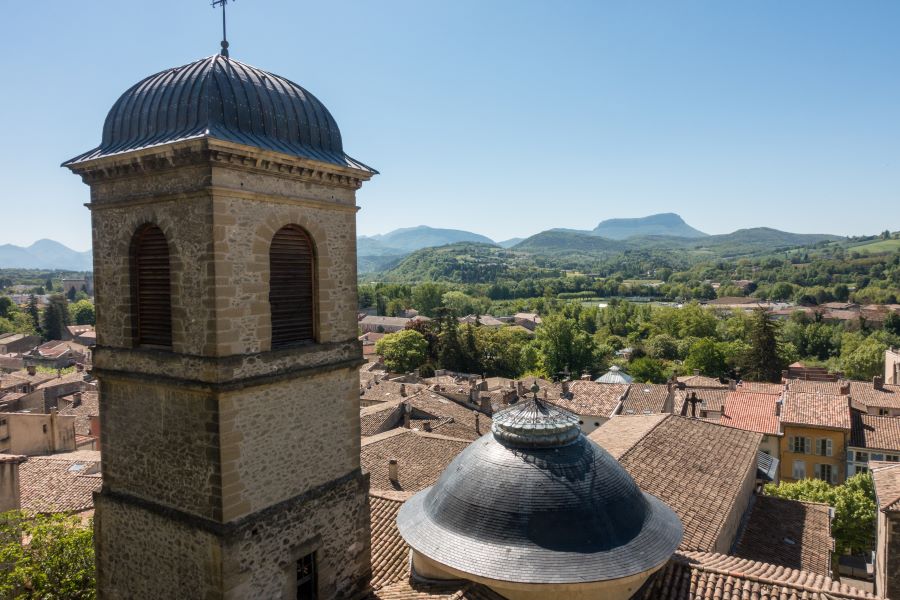
Crest, The Drôme
Crest (pronounced “Kre”) is nestled amid forested rolling hills south of Lyon, in the Drôme region. The hills that are not covered by trees are filled with vineyards, where grapes that make clairette wine have been grown for 2000 years. The narrow cobblestone streets of Crest are shaded by one of the tallest medieval towers in Europe, constructed in 1394. Its steps have worn-out wells in the middle where thousands of people have trod over its centuries of use, first as a fortress, then as a prison. The town is just a stone’s throw from the Saoû Forest, which can be accessed only by a narrow road that squeezes through a gap in the towering white limestone cliffs that form an otherwise impenetrable circular wall around the isolated valley. This unique geological formation has protected the fauna and flora here from human interference for millennia, creating a stunning biodiversity found nowhere else in Europe.
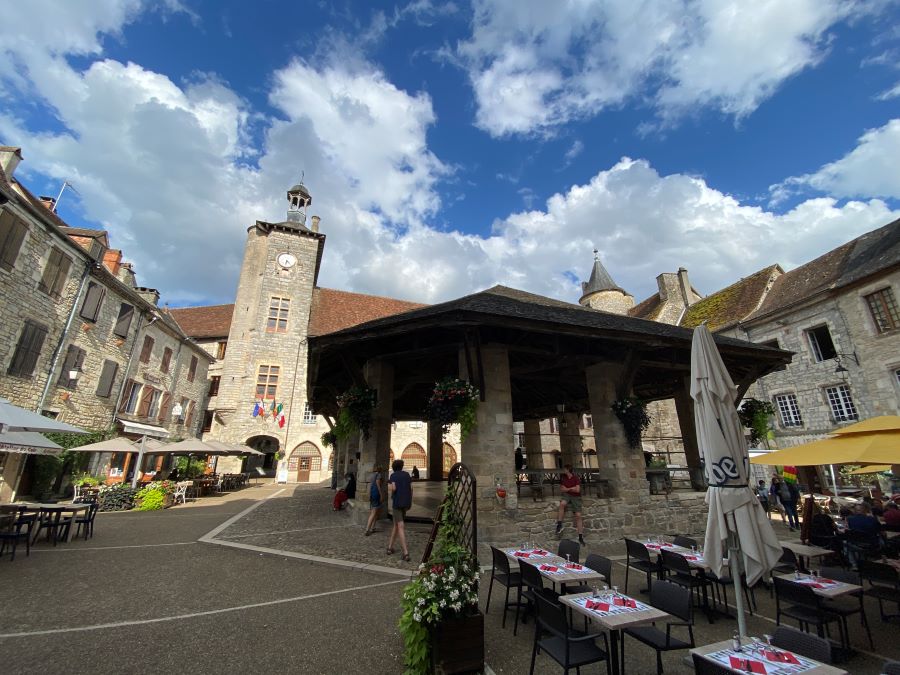
Martel, Lot
As you wend your way through walnut tree-covered fields, the first glimpse you get of medieval Martel is of its seven towers rising high above the town. Martel is situated in the beautiful Lot region, about three hours inland from the south-west coast of France. The town became prosperous in the Middle Ages thanks to the walnuts that are still grown in the fertile fields surrounding it, and the truffles that are collected from under the trees. Martel’s richness over the centuries is evident from its architecture of ornate stone and timbered buildings, the 18th-century wooden market hall taking pride of place in the main square, and of course, the towers. Less than a 10-minute drive from the town is Gluges Beach on the Dordogne River. Go for a dip, or rent a kayak to paddle down the river past high cliffs, castles, and other medieval villages.
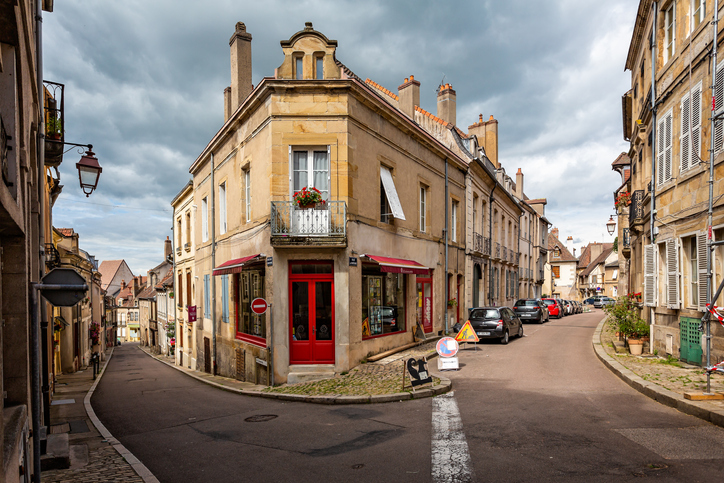
Autun, Bourgogne
This town has been around since 15BC when the invading Romans wanted to show the locals they were there to stay. Most of the ramparts raised during this period to protect the town are still standing, along with a well-preserved Roman amphitheatre that once seated 20,000 spectators, the ruins of a Roman temple, and the two towering original entrance gates. Autun lies in the heart of Burgundy, the French region known to produce some of the most expensive wines in the world. The narrow, cobbled streets all lead to the imposing 12th-century cathedral, known for its riot of Romanesque sculptures and carvings. The best view of the town can be found from a hill nearby topped by the mysterious Couhard Pyramid. The reason for the construction of this pyramid has been lost in the mists of time.
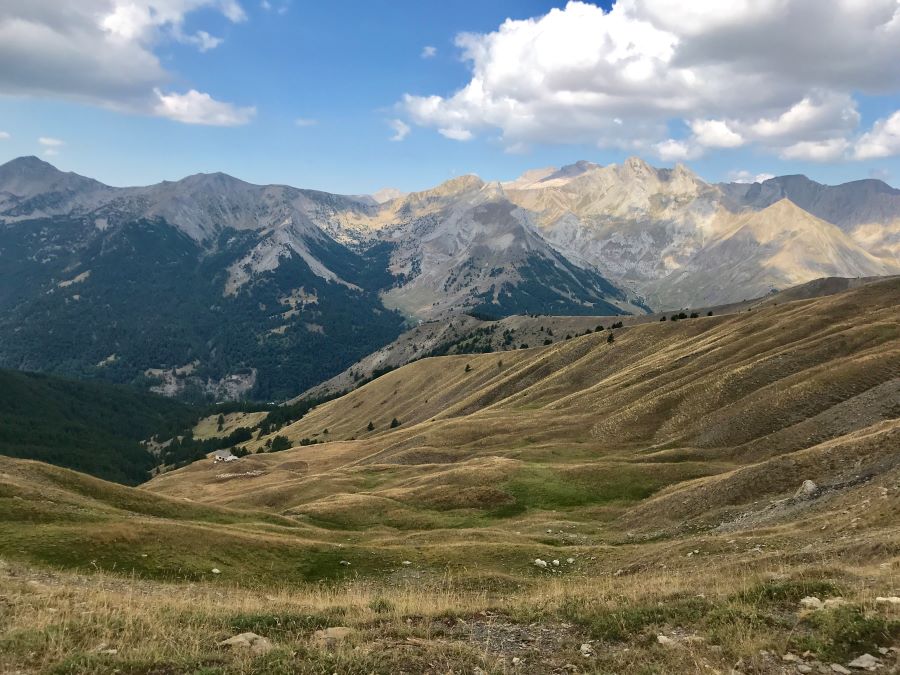
Ubaye Valley, Alpes de Haute-Provence
Just a couple of hours drive north of the Côte d’Azur glitz and glamour is a completely different world of snow-capped mountains, marmots, and wolves. The Ubaye Valley has only two roads that lead to it from the south. One climbs through the ski area of Foux d’Allos, then hugs the side of a steep mountain as it narrowly winds its way down to the Ubaye valley floor. The other runs parallel to the Italian border and crosses La Bonette Pass at 2700m. It is open only during summer after the worst of the snow has melted. It passes though spectacular high-alpine scenery dotted with ruins of medieval forts and World War II bunkers. Nestled far below in the valley are the pretty alpine towns of Barcelonnette and Jausiers. Both are graced with large, lavish Belle Époch-style houses, built by local families who emigrated to Mexico near the end of the 19th century and returned after making their fortunes there. The valley is a great starting point for visiting the majestic Mercantour National Park, accessing numerous ski fields around the towns, and visiting the impossibly blue Allos Lake, the largest alpine lake in Europe. Be sure to try the local specialty, tartiflette, a heady oven-baked mixture of potatoes, onions, bacon, and cheese.
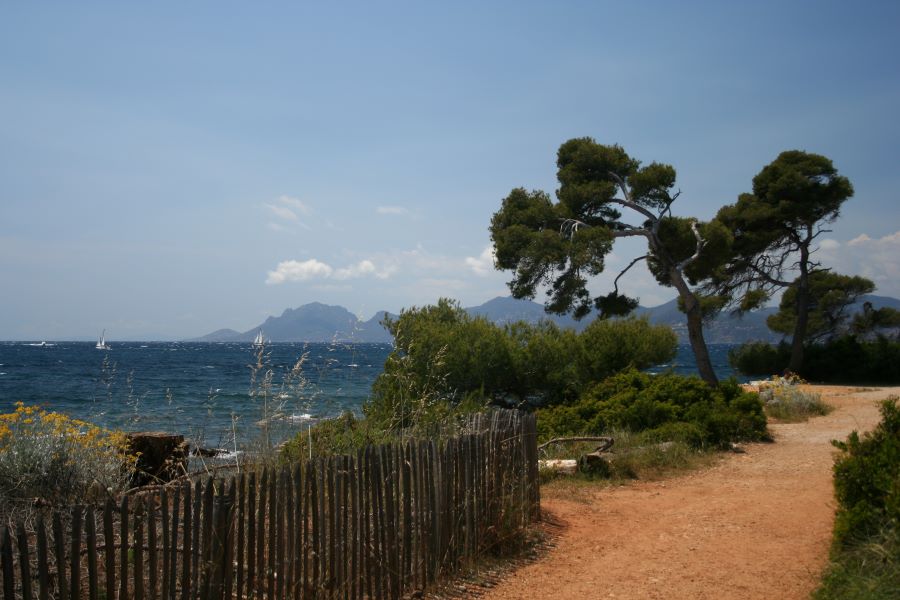
Îles des Lérins, Côte d’Azur
Just a 15-minute ferry ride from the buzzing centre of Cannes in the south of France lies a haven of peace. Two small oblong islands lie side by side, with a narrow, turquoise channel separating them. Towering Aleppo and Mediterranean pines shelter you as you walk along car- and bike-free sandy roads that bisect the islands. The only sounds to be heard are bird calls and lapping waves. On Île Sainte-Marguerite, after swimming in one of the many bays around the island, you can visit the fortress where the Man in the Iron Mask was first imprisoned. The ex-military barracks in the fort are still used for school camps, and occasionally opened for tourist stays. The second island, Île Saint-Honorat, has a working Cistercian monastery that was founded in 410AD. The fortified monastery that exists today was constructed in the 11th century to ward off pirate attacks. While there, you can sample and buy the acclaimed wines, liqueurs, and honey that the monks produce.
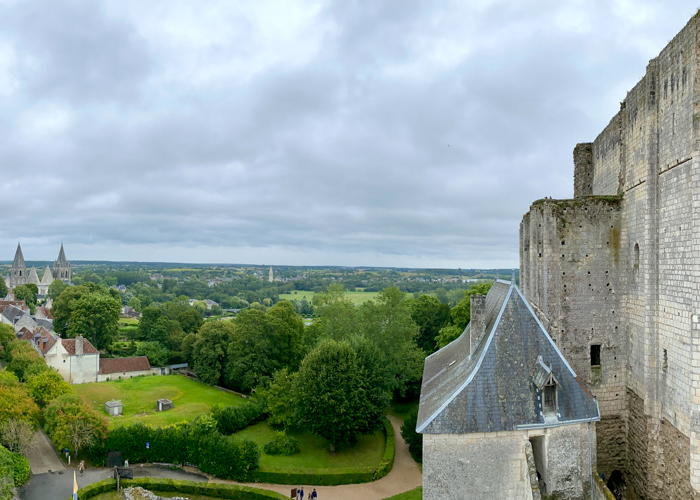
Loches, The Loire
Drive just 30 minutes south of the tourist-swamped Chenonceaux château in the Loire Valley and you reach Loches. This medieval town, sitting on the Indre River, is watched over by one of Europe’s oldest “donjons” (fortified castles), built in 1000AD on a rocky precipice. Over the centuries, the tower became the part of a royal complex that now includes an imposing collegiate church and a Renaissance-period palace, all surrounded by 2km of intact 13th-century ramparts. The views over the countryside make the climb up the narrow stone staircase and along rusty iron catwalks set into the fortress walls well worth the effort. The main part of the old town, full of browse-worthy small shops, lines up along the narrow pedestrian cobbled street leading to the river from the royal gates.
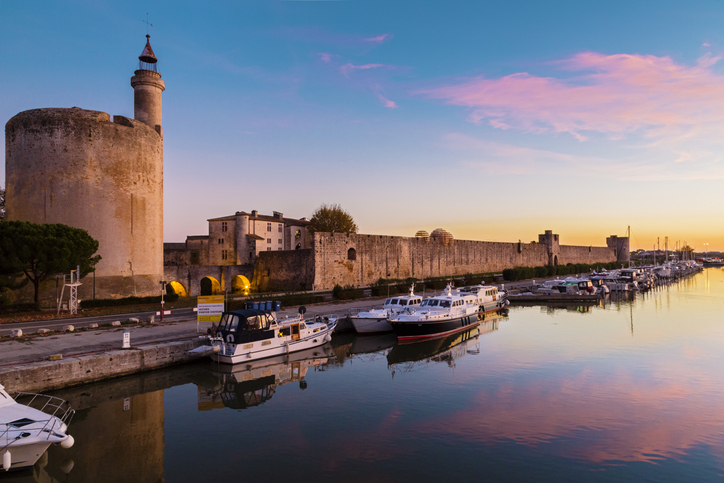
Aigues-Mortes, The Camargue
Just before the Rhône River meets the Mediterranean Sea, it forms the largest delta in Europe. The salty marshes and lagoons are home to thousands of flamingos and to cowboys, or gardians, who ride semi-wild white Camargue horses while working with their herds of free-running, large-horned Camargue bulls in the heavily Spanish-influenced Camargue Regional Natural Park. Rising up from the flats to the west of the park is the town of Aigues-Mortes. Although the name translates as “Stagnant Water” – the flatlands around it are covered in salty, brackish water – this fortified gem is not to be missed. Its high walls, built in the 13th century to protect soldiers heading out across the Mediterranean to fight in the Crusades, are graced with multiple towers and 10 arched entrances that are still fully intact.
Take a walk around the top of the walls for a breath-taking view over the pink salt lagoons where famous Camargue salt is still harvested. This area is a hotspot for horse-riding treks into the natural reserve and along wide empty beaches. While in Aigues-Mortes, try the fougasse, a brioche-like specialty smothered in melted butter and sugar. For those with a savoury leaning, a slow-cooked beef stew called la Gardiane de Taureau served with Camargue rice is the dish to taste.
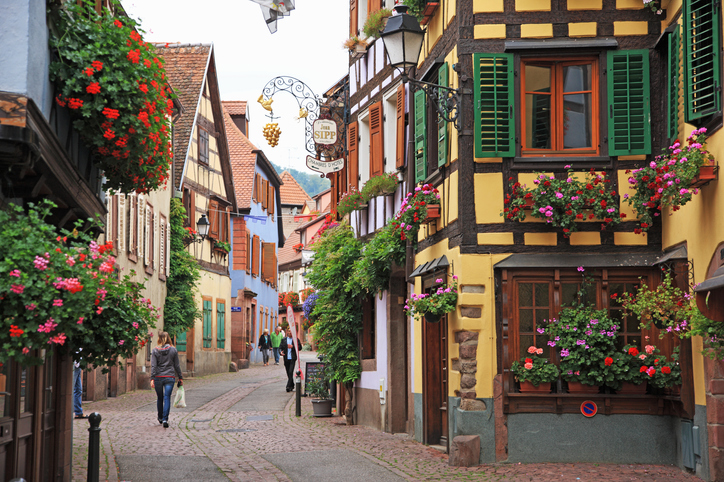
Ribeauvillé, Alsace
Far in the north-east of France lies Alsace, a fairy-tale world of dark, brooding pine forests and castle ruins. In the heart of the region lies the timbered, candy-coloured village of Ribeauvillé, surrounded by vineyards and dominated by the ruins of not one but three castles. Although Alsace now lies in France, it has changed hands time and again over the centuries, which can be seen in the mixture of German and French influences in the food, the local dialect, and even the signs on buildings. Stop at a Weinstub to try the local gewürztraminer wine, and get your appetite ready for a specialty dish called choucroute, a large assortment of sausages and pork cuts on a bed of sauerkraut cabbage. Alsace is famed for its fruit tarts, kugelhofen, and apple strudel. Afterwards, take a stroll along the long main street towards the castles on the hills, and in the warmer months you may spot elegant pairs of storks standing in their huge untidy nests. These birds mate for life, and having a pair nest on your roof is seen as a sign of good luck.
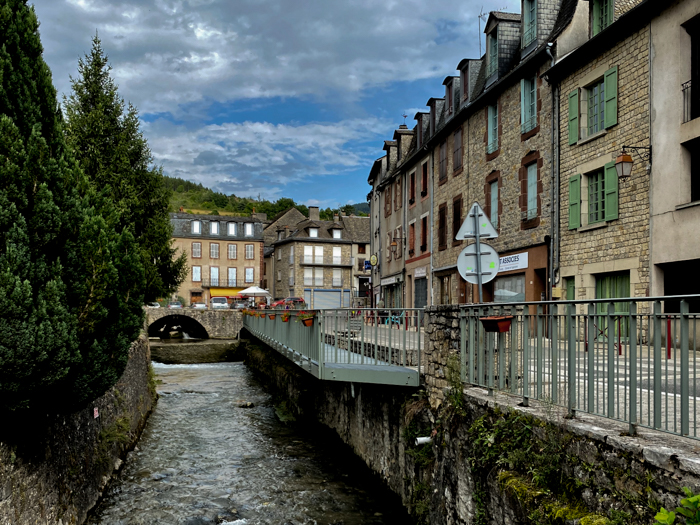
La Canourgue, The Lozère
Full of plunging gorges, mountainous zones, and golden prairies populated by hardy Aubrac cattle, the Lozère has the lowest population density of any “department” (administrative division) in France. The beautiful town of La Canourgue is nestled in a forested valley in the south-east of the area. As you wander along narrow pedestrian footpaths in the old town interspersed with bridges, small staircases, and tunnels, you can be forgiven for thinking you are in a miniature Venice. The sound of running water from canals criss-crossing the town is ubiquitous. The construction of these canals in medieval times to harness a river brought prosperity to La Canourgue, first as a centre for milling flour and for grinding walnuts to make oil, then, during the Renaissance, as a centre of renown for leather and textile production. The upper floors of the town’s buildings jut out over the flowing waters to gain every inch of living and working space possible. La Canourgue is the perfect base for exploring the beauty of the Tarn and Jonte gorges and the little-known wilderness of the Aubrac Plateau and the Cevennes National Park.
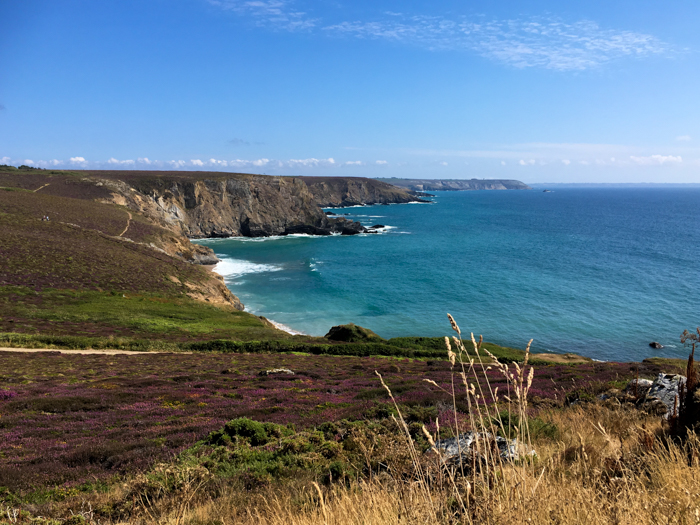
Douarnenez Bay, Brittany
As you come over the crest of a hill in the far west of Brittany, the spectacular Bay of Douarnenez suddenly appears, ribboned by the enormous expanse of Trez-Bellec. This wild beach, backed by green fields, is empty of crowds even at the height of summer. Situated at one end, a nautical centre rents sand-yachts, and surfboards or kayaks for those souls hardy enough to brave the cold waters. After a storm, come here with a spade and dig for the gold that litters the rivers and beaches of western Brittany. The enormous bay is protected from the worst of the weather by purple heather-covered capes that push their steep cliffs out into the heaving Atlantic Ocean. Hike a part of the GR34 trail, Le sentier des Douaniers (the Custom Officers’ Path), that hugs the clifftops all around the Finistère region to get unforgettable views of the wild Douarnenez Bay.


